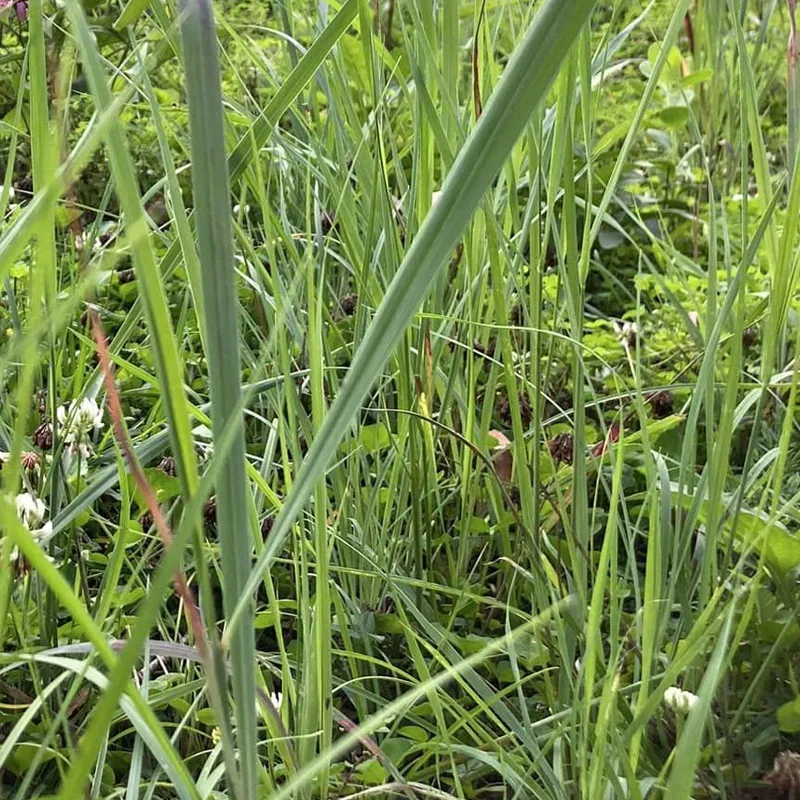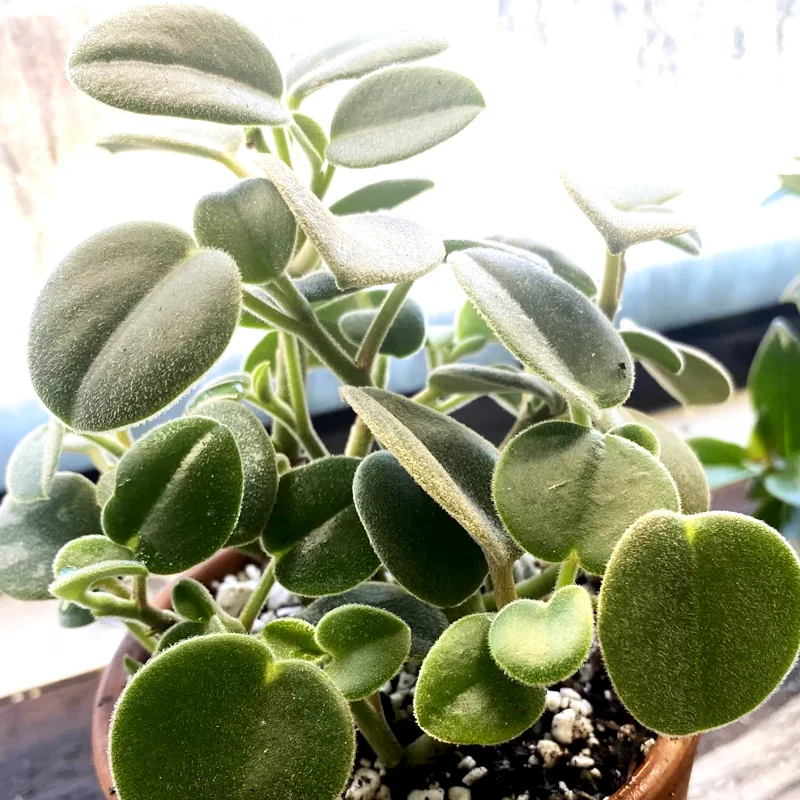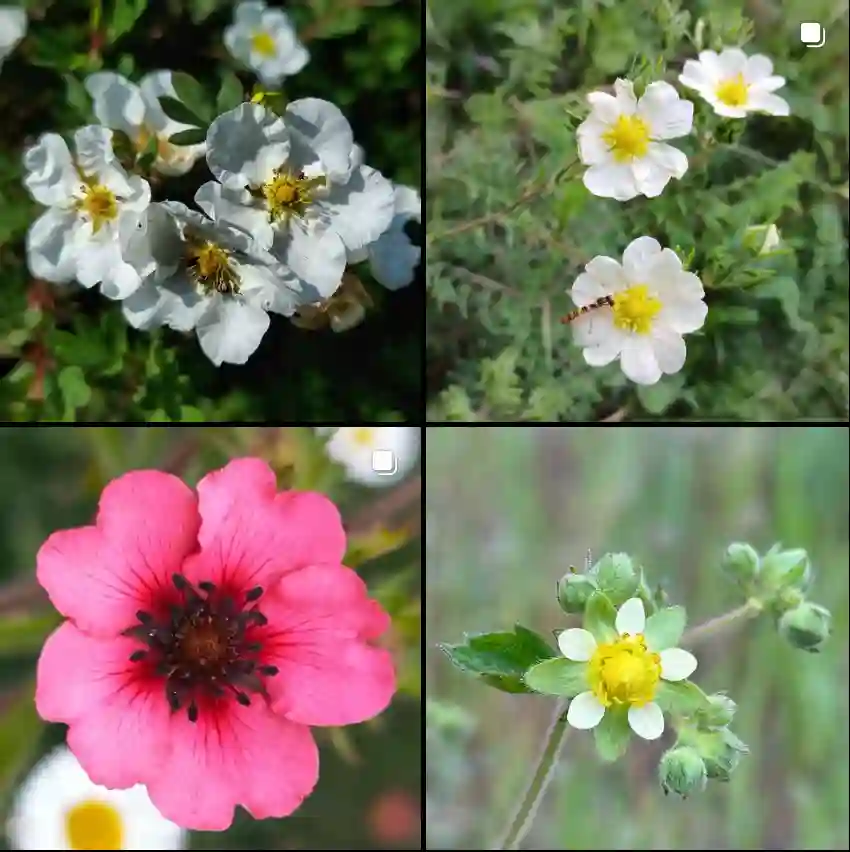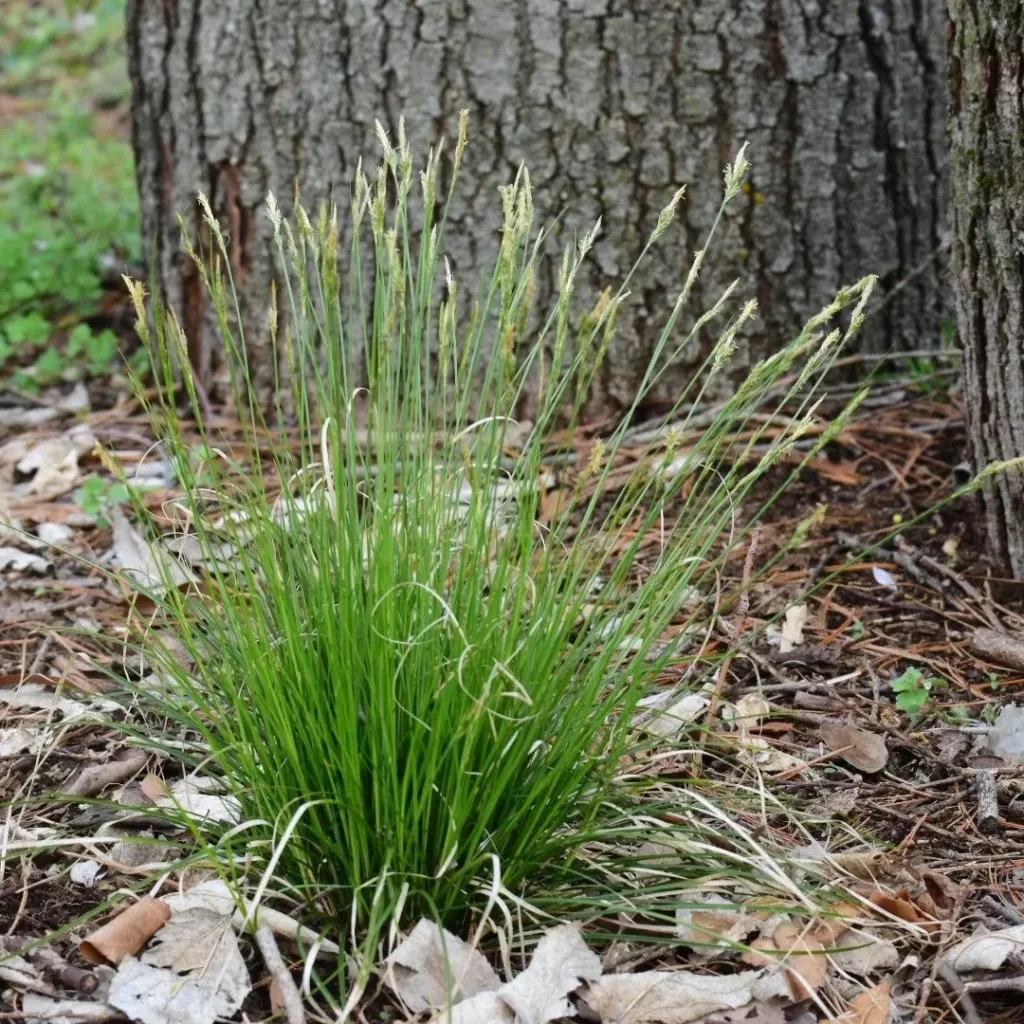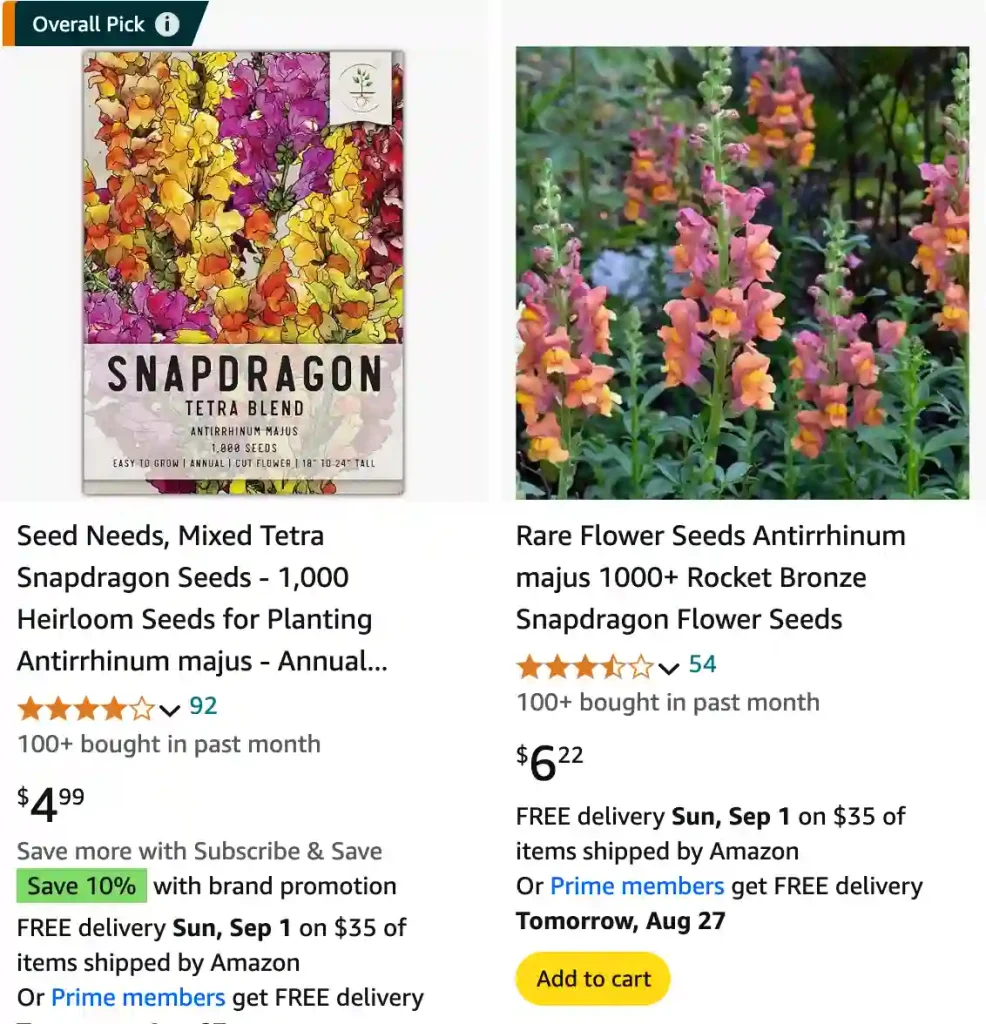
August 31 – Antirrhinum
"Antirrhinum, the snapdragon, defines August 31."
Antirrhinum symbolizes strength and grace. You have a bold yet gentle nature, captivating others with your dynamic personality. Like its striking blooms, you are unforgettable.
FAQs About Antirrhinum
Antirrhinum, often known as snapdragon, is a fascinating and vibrant plant that has won many hearts in gardens around the world. If you’re new to growing Antirrhinum or considering adding it to your garden, you might have a few questions. I’ve gathered some common FAQs and shared my personal experiences to help you get started with this colorful bloom.
What Is Antirrhinum?
Antirrhinum, commonly called snapdragon, belongs to the Scrophulariaceae family. Its name comes from the Greek words “anti” (like) and “rhin” (nose), referencing the shape of its flowers that resemble a dragon’s mouth. These plants are known for their tall spikes covered in tubular flowers, which can bloom in almost every color of the rainbow. They add a splash of color to any garden and are relatively easy to grow.
Antirrhinum species
- Antirrhinum australe Rothm.
- Antirrhinum barrelieri Boreau
- Antirrhinum × bilbilitanum Güemes & Mateo
- Antirrhinum braun-blanquetii Rothm.
- Antirrhinum charidemi Lange
- Antirrhinum × chavannesii Rothm.
- Antirrhinum cirrhigerum (Welw. ex Ficalho) Rothm.
- Antirrhinum controversum Pau
- Antirrhinum × ferrandopardoi P.P.Ferrer
- Antirrhinum graniticum Rothm.
- Antirrhinum grosii Font Quer
- Antirrhinum hispanicum Chav.
- Antirrhinum × inexpectans P.P.Ferrer, R.Roselló, E.Laguna & Güemes
- Antirrhinum × kretschmeri Rothm.
- Antirrhinum latifolium Mill.
- Antirrhinum linkianum Boiss. & Reut.
- Antirrhinum majus L. Plant FAQs: Antirrhinum Majus – The Snapdragon
- Antirrhinum martenii (Font Quer) Rothm.
- Antirrhinum meonanthum Hoffmanns. & Link
- Antirrhinum microphyllum Rothm.
- Antirrhinum molle L.
- Antirrhinum × montserratii Molero & Romo
- Antirrhinum pertegasii Rothm.
- Antirrhinum pulverulentum Lázaro Ibiza
- Antirrhinum rothmaleri (P.Silva) Amich, Bernardos & García-Barriuso
- Antirrhinum sempervirens Lapeyr.
- Antirrhinum siculum Mill.
- Antirrhinum tortuosum Bosc ex Lam.
- Antirrhinum valentinum Font Quer
How to Grow Antirrhinum?
Growing Antirrhinum is quite straightforward, and I’ve found it to be a rewarding experience. They thrive in full sun to partial shade and prefer well-draining soil. I usually start by preparing the soil, ensuring it’s rich in organic matter. Antirrhinum grows best in a soil pH range of 6.0 to 7.0.
To get the best results, I mix compost into the soil before planting. The plants need regular watering, but make sure not to overwater as this can lead to root rot. Antirrhinum can reach up to 3 feet tall, so spacing them about 6 to 12 inches apart helps ensure good air circulation and prevents fungal diseases.
How to Plant Antirrhinum Seeds?
Planting Antirrhinum seeds is simple and can be done directly into the garden or started indoors. I usually start them indoors about 6 to 8 weeks before the last expected frost. Here’s how I do it:
- Prepare Seedling Trays: Fill seed trays with a seed-starting mix.
- Sow Seeds: Scatter the seeds on the surface of the soil and press them lightly. Do not cover them with soil, as they need light to germinate.
- Water Gently: Mist the soil lightly to moisten it without washing the seeds away.
- Provide Light: Place the trays in a sunny location or under grow lights.
- Transplant: Once the seedlings have grown their first true leaves and the danger of frost has passed, I transplant them into the garden.
When to Plant Antirrhinum Seeds?
Timing is crucial for successful Antirrhinum cultivation. I typically start seeds indoors 6 to 8 weeks before the last frost date. If sowing directly in the garden, wait until after the last frost and the soil has warmed up. In cooler climates, starting seeds indoors gives the plants a head start and can result in earlier blooms.
Is Antirrhinum a Perennial?
Antirrhinum is usually grown as an annual, but it can be a short-lived perennial in mild climates. In my experience, if you live in a region with mild winters, Antirrhinum may return the following year, though it often behaves like an annual and needs replanting in colder areas.
What to Do with Antirrhinum After Flowering?
After flowering, Antirrhinum can be deadheaded to encourage more blooms. I like to trim back the spent flowers and any leggy stems to promote a tidy appearance and potentially more flowering. In colder climates, where the plant is grown as an annual, I simply clear the spent plants and prepare the garden for the next season.
Can You Grow Antirrhinum Indoors?
Antirrhinum can be grown indoors, but they need plenty of light to thrive. I’ve found that a sunny windowsill or a grow light works best. Ensure good air circulation to prevent fungal issues, and keep the indoor temperature between 60-70°F. Indoor plants might not grow as tall as those outside, but they can still provide beautiful blooms.
Is Antirrhinum Poisonous to Dogs?
Antirrhinum is generally considered non-toxic to dogs. However, it’s always wise to keep pets from chewing on plants, as even non-toxic plants can cause minor digestive upset if ingested in large quantities.
How to Care for Antirrhinum?
Care for Antirrhinum includes regular watering, especially during dry periods, and periodic feeding with a balanced fertilizer. I usually fertilize every 4 to 6 weeks during the growing season. Regularly check for pests like aphids and spider mites, and address any issues promptly to keep the plants healthy.
Benefits of Antirrhinum
Antirrhinum offers several benefits beyond its beauty. Its flowers attract pollinators like bees and butterflies, which can enhance the overall health of your garden ecosystem. Additionally, it’s a versatile plant that can be used in borders, containers, and as cut flowers in arrangements.
Common Problems with Antirrhinum
Antirrhinum can face some issues like powdery mildew and rust, particularly in humid conditions. To prevent these problems, ensure proper spacing for good air circulation and avoid overhead watering. If you encounter pests like aphids, treating them with insecticidal soap or neem oil can help keep them in check.
Compare with Similar Plants
Antirrhinum is sometimes confused with plants like Digitalis (foxglove) and Verbascum (mullein) due to their similar flower spikes. However, Antirrhinum has distinctive tubular flowers and a unique snapdragon shape, which sets it apart.
In summary, Antirrhinum is a delightful addition to any garden with its vibrant flowers and ease of care. Whether you’re starting from seeds or transplanting seedlings, this plant can bring a burst of color and charm to your space. I hope these FAQs help you grow and enjoy Antirrhinum in your garden!
If i die, water my plants!
